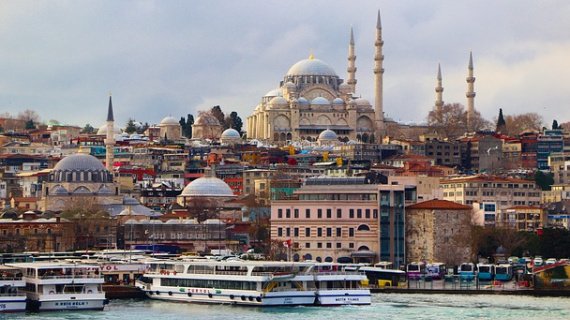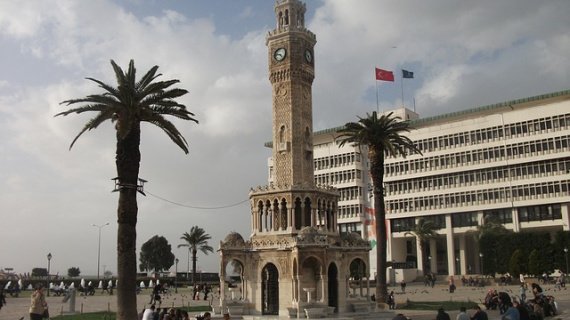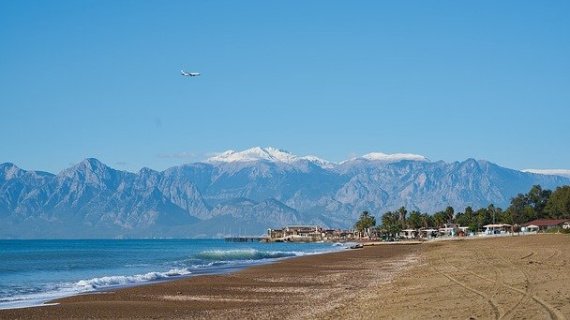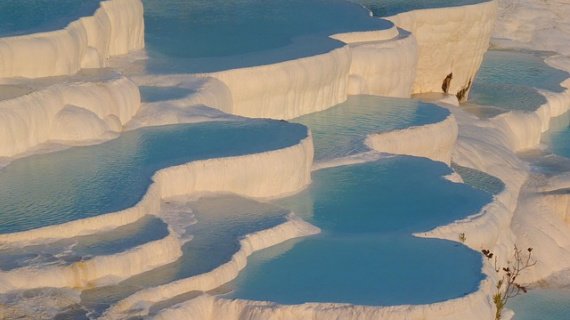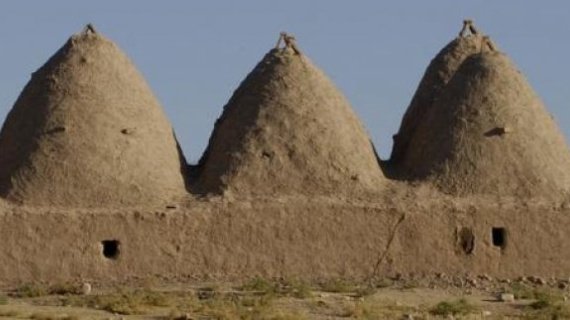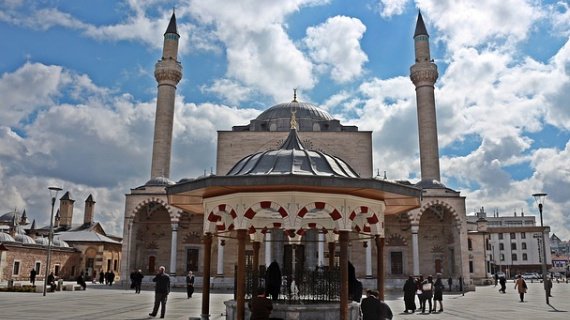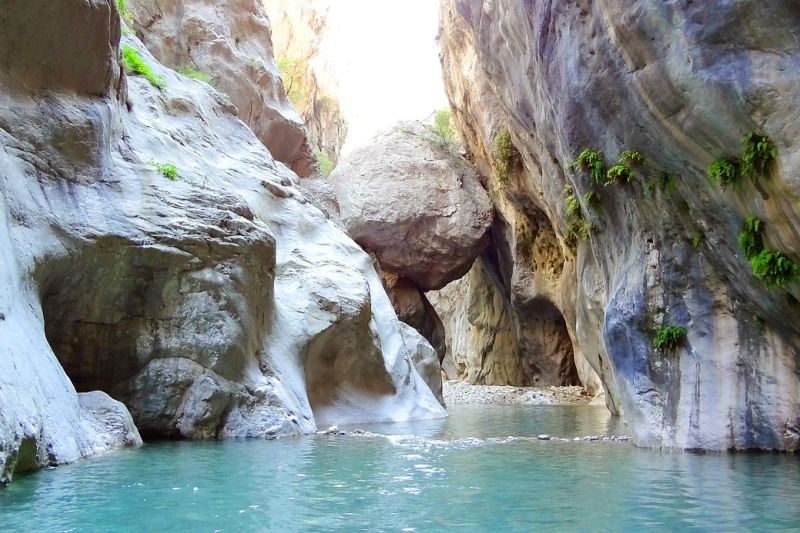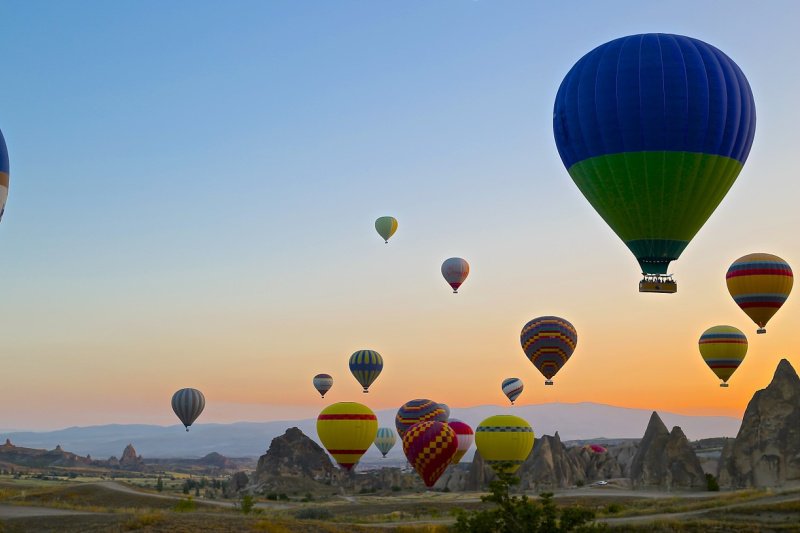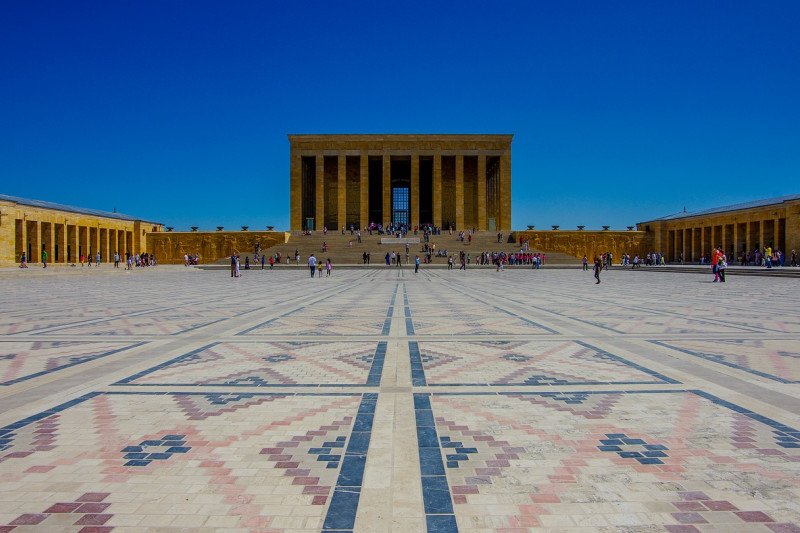History
The Hittits, Hellens, Romans, Byzantines, Seljuks and the Ottomans as well as a great number of other civilizations rose and fell here through thousands of years, leaving behind a multitude of historical sites. Turkey sits at the crossroads between Asia and Europe and saw several empires, civilizations, and events that one cannot get them all in brief. But one can surely experience them in the ruins and landmarks of those times in Turkey. And if there is a little exploratory nature in you, you must visit Turkey for its remarkable archaeological sites. Once one of the main cultural and economic centres of its time, you’ll have the best opportunity to view magnificent architectural structures in Ephesus, including a 70,000 seat stadium, a theatre and the Library of Celsus. The ancient site of Pergamon is also popular.
Cuisine
One of the main highlights of traveling around Turkey is definitely the food, which has ancient origins where recipes have been cooked for hundreds of years until perfection. It’s the perfect activity for relaxing and experiencing a chunk of the Turkish culture and everyday life. The country’s culinary traditions have survived over 1,300 years and incorporate a delicious mixture of Balkan, Middle Eastern and central Asian influences. It’s one of the most diverse cuisines in the world, and there is an abundance of traditional dishes to eat in Turkey. Moreover, each region has its own specialties and regional recipes for classics. Whether you are a foodie or not, you must try corba – a delicious soup, kumpir – baked potato, kofte – meatballs, kebab and baklava and more in the streets and restaurants.
Beaches
The endless coastline in Turkey has created some of the world’s most beautiful beaches, and they come in plenty of variety with everything from sand to pebbles and cliff beaches. Turkey is an amazing place to connect to nature with beautiful places such as stunning beaches in Bodrum, Antalya, and Izmir. The sandy beaches are splendid and the sea, especially the Aegean coastline, is most amazing. If you want to experience beach bliss, then like millions, you must head to Turkey where some of the super stunning beaches such as Kabak beach, Blue Lagoon, Cleopatra’s Beach, Patara beach, Iztuzu Beach and more are calling you.
Culture
A lot of cultures have had Turkey as their home, and various times and epochs have influenced the society, which has made the Turkish society diverse and multi-cultural. Turks are in general very friendly and have a great hospitality. Don’t be surprised if they invite you for some Caj or coffee, or even sometimes for dinner, even if you’re a stranger. Sit at a long table in a taverna in Istanbul, Kusadasi, Bodrum, Antalya, Marmaris or any other city and order a glass of beer, wine or pungent Turkish Raki and join in the songs and stories. Turkish people revel in good food, good friends, good times, and good nightlife. This kind of hospitality and friendliness, you will probably not find anywhere else in the world.
Natural Attractions
You won’t find as wonderful natural attractions anywhere in the world as you see in Turkey. Due to its active geological past, the country hosts a wealth of other beautiful landscapes and scenery. With 44 national parks protecting its rich flora and fauna, the country’s natural heritage is well-worth exploring. Situated in central Turkey is the otherworldly Cappadocia. A fascinating landscape consisting of thousands of bizarre, conical-shaped rocks with pointed tips. UNESCO World Heritage-listed Pamukkale is also unlike anything you will have witnessed before. This natural phenomenon features calcium-based white terraces filled with warm mineral water. Boasting a sparkling coastline and gorgeous beaches, it’s no wonder Turkey is also famous as a beach resort destination.




